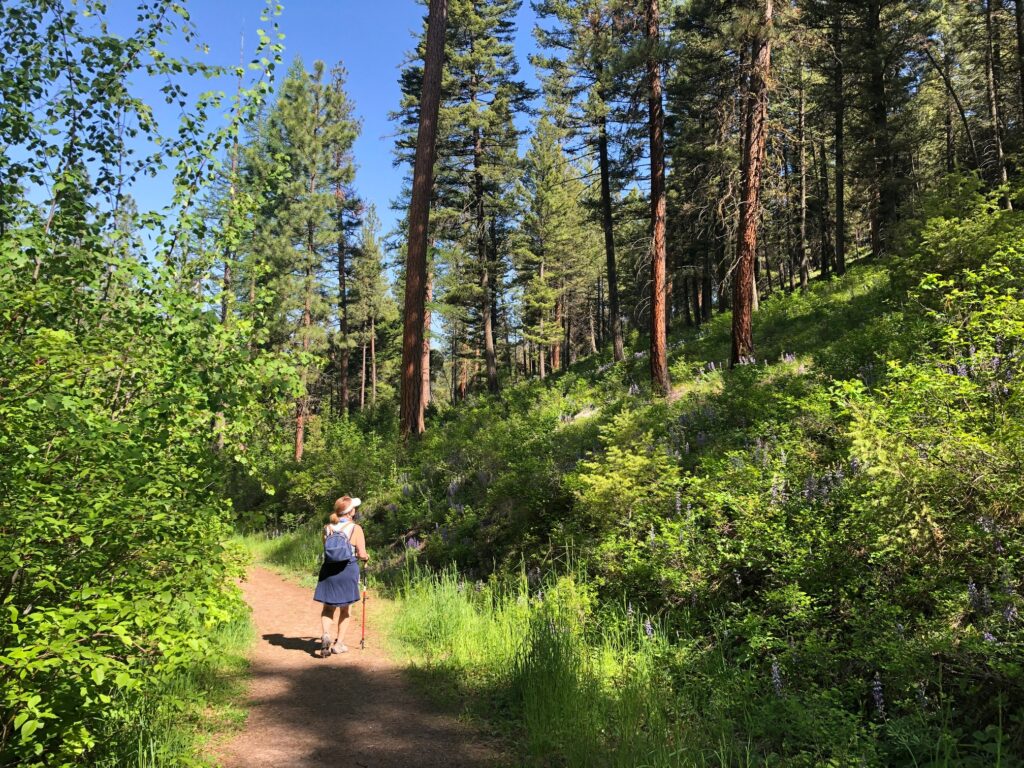
The Bacon Family has just returned from a nine-day hiking trip to Montana. We were not surprised that the trails at Glacier National Park, with its rivers and lakes and snow-capped peaks, were world-class spectacular. But we were pleasantly surprised by the quality of the trails around Missoula, where we enjoyed two days of walking around the city’s highly walkable downtown and hiking the hills all around. Virginia has nothing resembling the Glacier National Park, a natural wonder that simply cannot be replicated (unless you have a few hundred-million years to work on it), but we do have college towns set in the mountains like Missoula (home to University of Montana). Blacksburg, Lexington and Harrisonburg come to mind.
What Missoula has done — setting aside land with conservation easements, and investing in hiking trails — can be replicated. Indeed, Virginia’s new budget contains $93 million for multi-use trails, eight times the previous year’s General Fund commitment of $10 million, according to the Virginia Bicycling Federation.
The VBF account is not clear about what the final budget compromise will contain. The House version would have earmarked money to complete the Eastern Shore Trail, the Shenandoah Valley Rail Trail, and the Fall Line Trail in Central Virginia, adding 135 miles of new paved trail in different parts of the state. The Senate version would have established an Office of Trails to award funds based on competitive applications.
Whatever the final outcome, more trails will make a big improvement to Virginia’s quality of life.
The wonderful thing about hiking and mountain biking is that they can be enjoyed by people of all ages. In our trips to Utah and Montana this year, we saw a lot of gray hairs and white hairs on the trails. We also saw a lot of families with kids. People don’t need to lay out a lot of money for golf clubs, scuba tanks, or country-club memberships or other expensive gear — just hiking shoes and a backpack. In a word, hiking and biking are for everyone.
State government is flush with revenue right now. If we’ve got to spend most of it rather than give it back to the taxpayers, I can think of few priorities more worthy. I’m one taxpayer who intends to take full advantage of the investment.
— JAB

Leave a Reply
You must be logged in to post a comment.